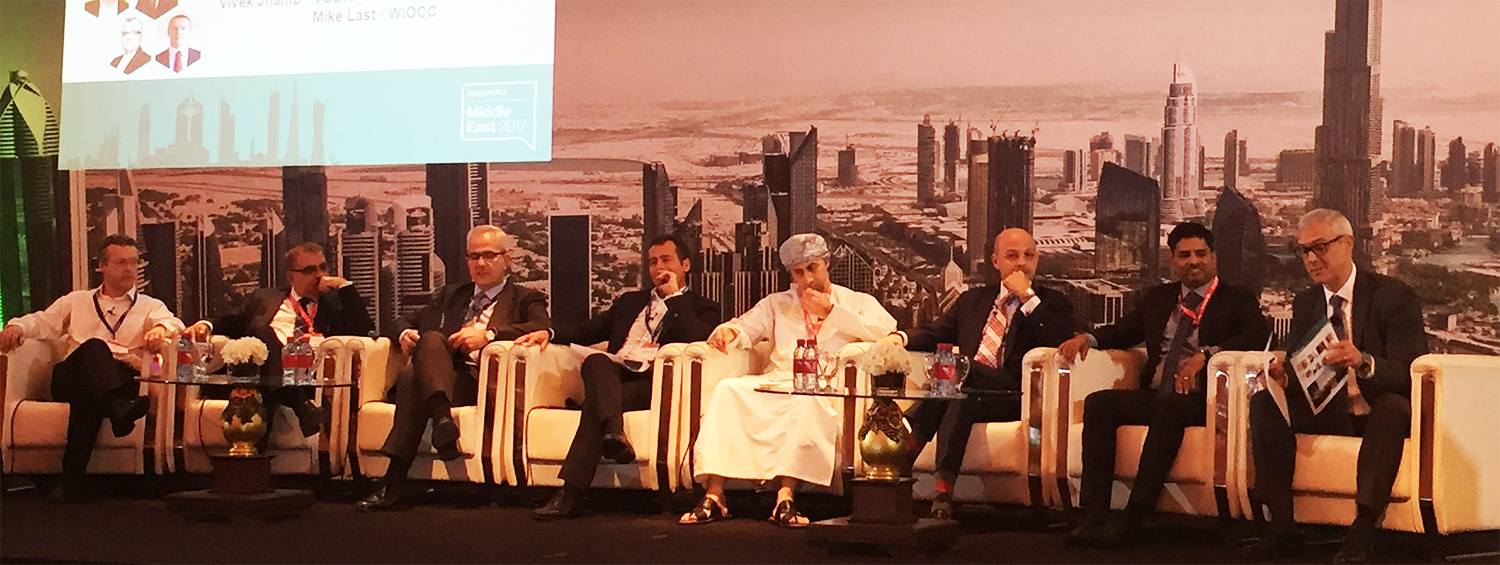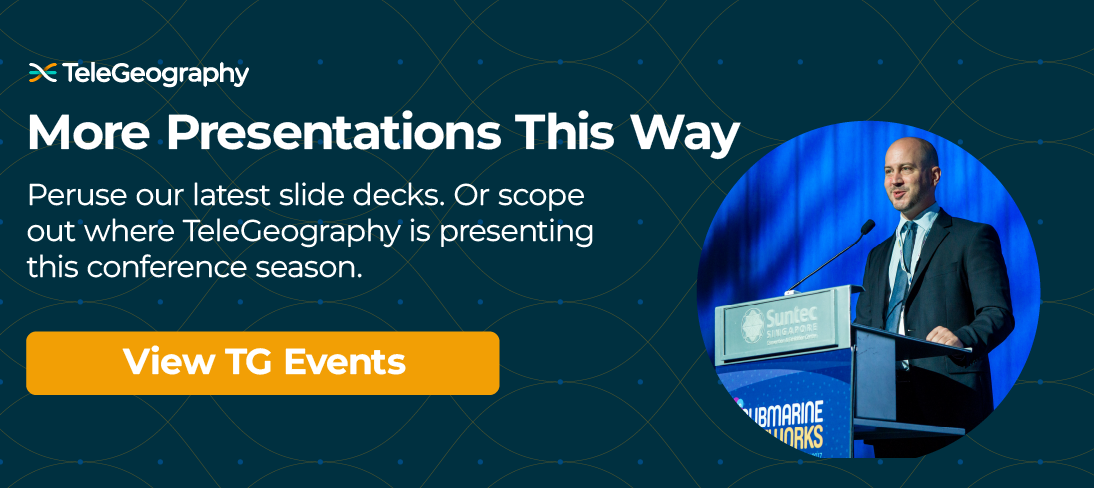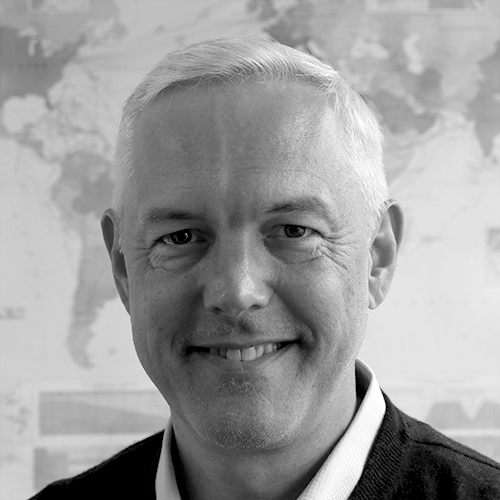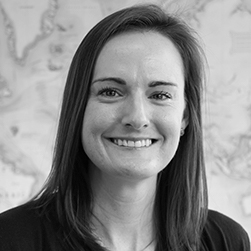With plenty of new submarine cables in the works, what will emerge as the reigning Middle Eastern hub?
This was a question on the docket last month, when TeleGeography’s Erik Kreifeldt moderated “The Surge of New Submarine Cables and the Role They Play in Addressing Data Explosion, Content Demands, Regional IoT and Cloud Adoption,” an all-star panel at Capacity Middle East 2017.
With leading industry representatives from Bharti Airtel, GBI, Omantel, Sparkle, Turk Telekom International, Vodafone Carrier Services, and WIOCC, panelists focused on the need to develop hubs in the region.
GBI CEO Amr Eid shared three factors that he believes contribute to the lack of tech and over-the-top (OTT) investment in the Middle East compared to other regions:
1) Last mile technology
2) Regulatory regime
3) Accessibility and integration of the telecoms ecosystem
Panelists wrestled over these elements, all of which remain hurdles to establishing a Middle Eastern nucleus of connectivity.
However, panelists also underscored that while tech and OTT are able to quickly transform, wholesale telecoms evolution is a slower process, granting the region some additional room to develop.
Looking forward, many concurred that the “next frontier” for OTT and carriers alike is Africa and India, as both territories are growth drivers. And as luck would have it, the Middle East is a potential bridge between these regions.
Panelists also underscored that while tech and OTT are able to quickly transform, wholesale telecoms evolution is a slower process.
When it comes to meeting content demands, WIOCC CEO Chris Wood asserted that East Africa has more than enough sub cable capacity at this point. After upgrades to the total potential capacity of the system, EASSY is less used now than when deployed. However, local infrastructure must be built out to make the most of this sub cable connectivity. In these circumstances, OTTs are heading projects to meet demand.
Erik Kreifeldt
Principal Analyst Erik Kreifeldt tracks the international network services industry, advising global operators on market trends. With more than 20 years of industry experience—including over a decade of research with TeleGeography—he specializes in strategic decisions that require genuine data, analysis, and insight. Before joining TeleGeography, Erik was an optical networking industry analyst, trade reporter, and optical physics science writer. He continues to draw inspiration from the profound-yet-underappreciated work of maintaining infrastructure essential for global commerce—and awe at how it all gets done.
Kate Reilly
Kate Reilly is a Senior Analyst at TeleGeography. As part of the pricing team, Kate contributes analysis to both enterprise and wholesale products.



